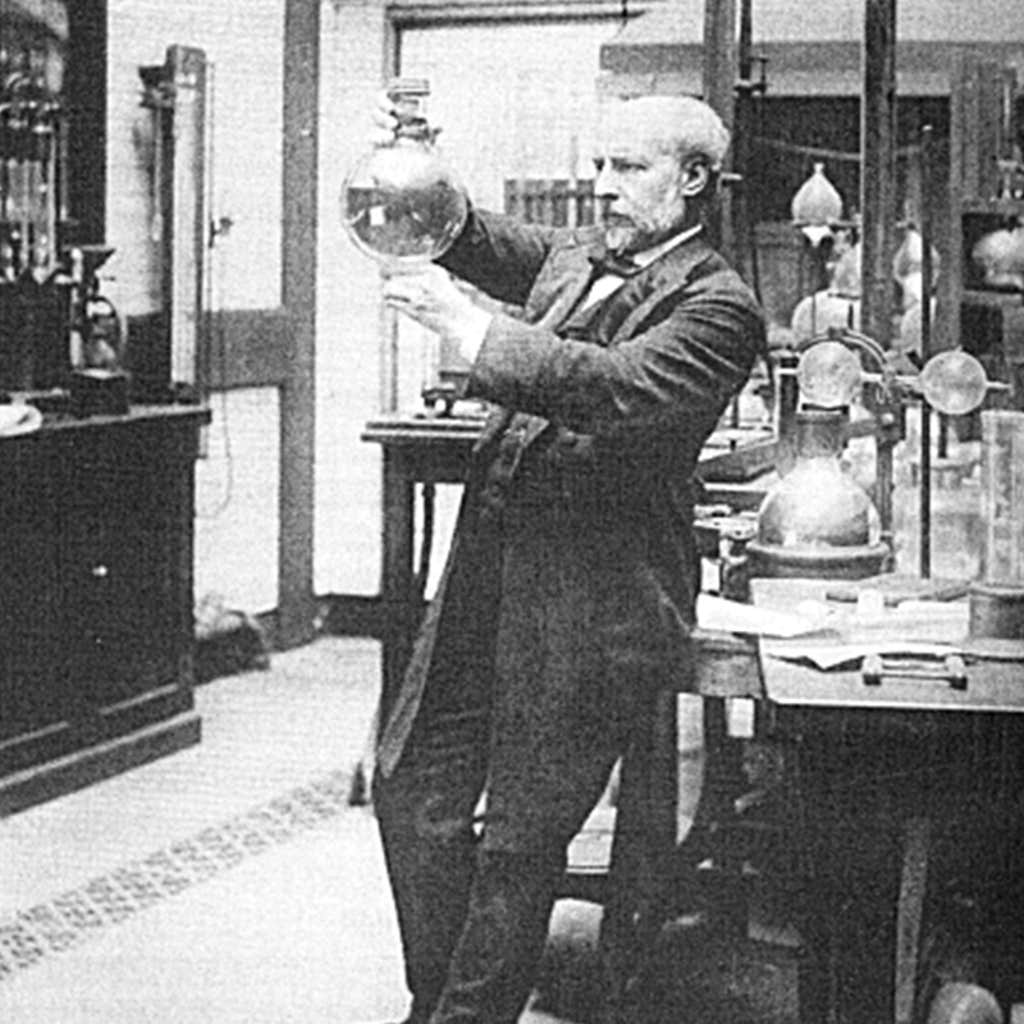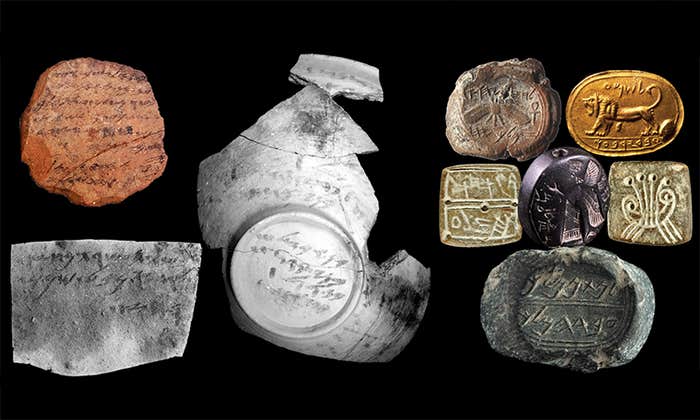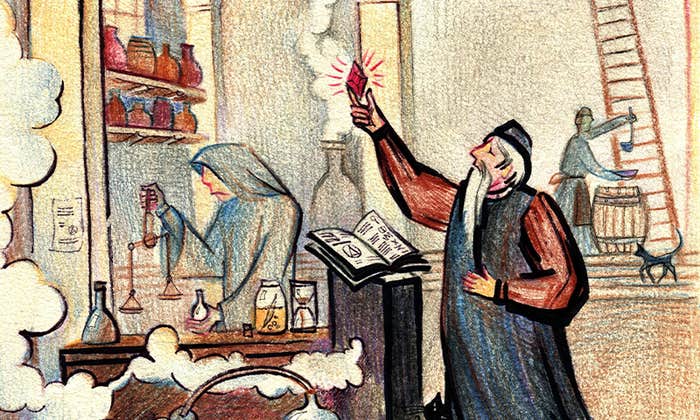Sir Humphry Davy once nearly killed himself, when he inhaled carbon monoxide to see what the effects would be. Michael Faraday almost blew his hand off while investigating the properties of nitrogen trichloride. John Tyndall was drawn to death-defying feats of mountaineering in the Alps, because he wanted to understand how glaciers worked.
Risking their necks in the name of knowledge, all three of these scientists were once resident professors at the Royal Institution in Mayfair, living in rooms on the second floor where I now work as a writer for the London Institute for Mathematical Sciences. Yet perhaps the bravest of this building’s 19th-century professors was the one most often overlooked.
His name was Sir James Dewar. He died a century ago this month. As well as being the inventor of the thermos flask, he was once credited with having won World War I.

That claim takes some unpacking. The short version is that Dewar invented cordite: a smokeless replacement for gunpowder used by British soldiers in the trenches. Yet the story is a bit more complicated.
Since the eighth century A.D., the world’s number one low explosive (the kind you put in guns, as opposed to using it to blow things up) had been gunpowder. This was invented by Chinese mystics searching for the elixir of life. A few centuries later, it was brought to the West during the Mongol invasions. Since then, it had been the low explosive used in pistols and rifles.
But there were problems with gunpowder. One was that it gave off a puff of smoke, which made it easy for your enemy to work out where you were, and fire back. New discoveries in the 19th century kicked off a quest for a “smokeless powder,” which would give any army a crucial advantage in a conflict. In 1888, the British government set up a group called the Explosives Committee to ensure the British led the field. Its head was Sir Frederick Abel, chemist at the Royal Arsenal. Its chief investigator was James Dewar.
The work on cordite restored Dewar’s mojo.
Dewar possessed what might be described as an explosive personality. A short, stocky, working-class Scot, he had ruined his digestion in his early career while researching gout, leaving him permanently dyspeptic. He would not tolerate any familiarity from employees. As one recalled, he was prone to “frequent petulant outbursts.” His biographer, John Rawlinson, described Dewar as a man of “few friends and many enemies.” Thanks to a childhood accident, he even had a limp, like a Shakespearean villain.
Yet whatever else you might want to say about the Scot, he was a brilliant experimental scientist, who pursued discovery with little concern for his own welfare. One of his abiding interests was the liquefaction of gasses: freezing them to temperatures approaching absolute zero to study their changing properties under those conditions. This was notwithstanding the fact that some gasses, such as ethylene, become extremely volatile and can explode. Once, when asked about these risks, Dewar simply replied that they were impossible to avoid.
In 1886, in the basement at the Royal Institution, he suffered an ethylene explosion that left him incapacitated for months. After that, even the doughty Dewar took a step back from his low temperature research. Nevertheless, two years later, when he was asked to join the Explosives Committee in the hunt for a smokeless powder, he didn’t hesitate.
Alfred Nobel, now best remembered for the prestigious prizes he set up, was a successful chemist who invented dynamite. When Dewar got in touch, the Swede revealed to his companion that he was now working on a promising smokeless powder—composed of camphor, nitroglycerine, and soluble nitrocellulose—which he was calling ballistite. However, the formula wasn’t perfect.
Dewar took it, tried it, and found it unreliable. He suggested a fix, which Nobel chose not to act on, so Dewar began his own experiments. The received wisdom was that if you used an insoluble form of nitrocellulose, it made the compound too unstable. However, Dewar had the guts to doubt this. He discovered that the opposite was true. This proved the crucial missing ingredient.
He pursued discovery with little concern for his own welfare.
He and Abel named it “cordite” and took out a patent of their own. Nobel was incensed. He had had no idea that the Explosives Committee might develop a rival to his ballistite.
When he learned the British army would favor cordite, he sued. In court, the tempestuous Dewar nearly blew his top. He and Abel had been accused of greed by members of the public in the papers. According to The Times’ daily reports of proceedings, the Scot replied to questions “with something approaching to warmth.” That’s a lovely 19th-century British understatement.
Nevertheless, Nobel lost the case, the appeal that followed, and the Supreme Court of the United Kingdom hearing. When you look at Nobel’s patent for ballistite, which can be viewed at the British Library, it stipulates the use of “nitrated cellulose of the well-known soluble kind.” Dewar’s patent prescribes “varieties of nitrocellulose which are not of the kinds usually known as soluble.”
I asked Jane Hollywood, a patent lawyer in London, to look at Nobel’s and Dewar’s patents. She told me the verdicts seemed “reasonable.” Steven Campion, an intellectual property expert at the British Library, said that Nobel’s patent was “too narrow.”
Nobel had to pay the full cost of the court cases. He had regarded Abel and Dewar as friends. Although his ballistite was adopted by the Swedish and Italian armies, among others, he felt sickened by their betrayal. No one could be trusted, he declared, save “dogs, whom we feed with the flesh of others, and worms, whom we feed with our own.” Nobel died in 1896.
As for Dewar, the work on cordite restored his mojo. He returned to liquefaction, which involved him engineering a way of keeping gasses cold and liquid and led to his invention of the Thermos flask. In 1898, he became the first person to liquefy hydrogen. He made money from the cordite patent but not as much as he might have, since he and Abel donated proceeds from British manufacture to the government. No surprise, then, that he was knighted in 1904. Dewar won about every prize going for experimental science: the Davy Medal, the Copley Medal, the Franklin Medal. The one that always eluded him was the Nobel.
In 1921, the Duke of Newcastle paid tribute to Dewar’s invention of cordite, to which British victory in the Great War “was largely due.” In his reply, Dewar declared, “My work has been an absolute pleasure and delight to me. It has never engendered in me a thought of anticipating any reward.” He went on to quote a passage from Shakespeare’s Pericles. “I held it ever virtue and cunning were endowments greater than nobleness and riches … Immortality attends the former, making a man a god.”
The more I know of scientists, the truer this seems likely to be. As Dewar demonstrated, once he got interested in something, you couldn’t stop him. He just wanted to work it out.
Dewar died on March 27, 1923. His body was laid out in his dining room, where two of my London Institute colleagues now work. The funeral was held in the same room, presided over by the Bishop of Worcester. Whenever I unscrew the lid of a thermos of coffee, perhaps while heading to work, I inevitably find myself thinking of Dewar.
I think of him too, whenever anyone—like Stephen King in his short story “The Body”—mentions “the smell of cordite.” This is almost always a mistake, though. Cordite was manufactured and used from the 1890s until the end of WWII. Then it was replaced by other compounds, like Improved Military Rifle propellants. I suppose “the smell of IMR” doesn’t have the same ring. ![]()
Thomas W. Hodgkinson is a science writer at the London Institute for Mathematical Sciences (lims.ac.uk).
Lead image: Frunze Anton Nikolaevich / Shutterstock























